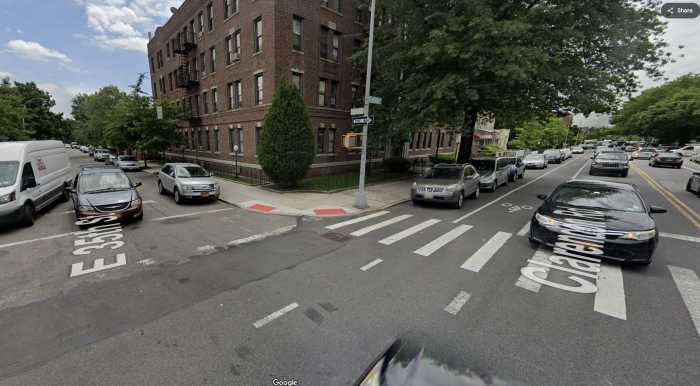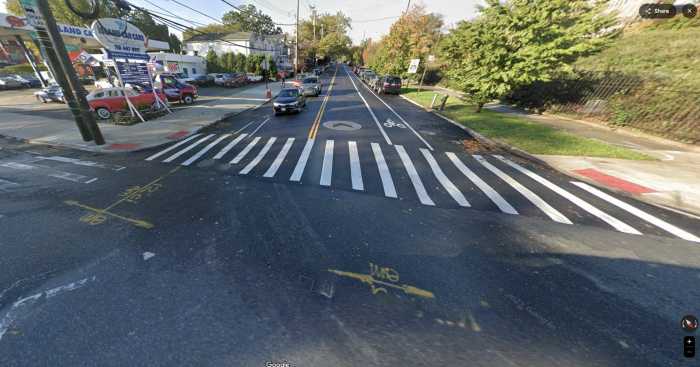
Up to 2,700 jobs could be slashed from the MTA in the name of improving efficiency.
The cuts would come under the direction of the controversial “Transformation Plan” that a third-party consultant has hastily crafted to reduce bureaucracy, streamline operations and improve service at the authority. The MTA’s board is scheduled to vote on it next week.
The plan, crafted by the firm Alix Partners to the tune of $4.1 million, was first unveiled as a brief on Friday and outlines a two-year process of consolidating 40 back-office groups across the 74,000-employee authority into six departments. Those changes and workforce reductions would save the authority between $370 and $530 million a year over three years, Alix Partners estimates in a more in-depth plan published Wednesday.
Observers have widely panned the report, with detractors including transit advocates, good government groups and Gov. Andrew M. Cuomo. The governor effectively controls the MTA and mandated the plan’s creation through a state budget that also brought new revenue to the MTA via new taxes and the forthcoming congestion pricing plan for Manhattan.
Advocates have also slammed the process, which took place mostly behind closed doors and without public input within a brief, three-month window. Some feel the plan doesn’t go far enough in recommending true reforms; while it suggests consolidating different MTA bus operations, it stopped short of recommending a merging of the authority’s two commuter railroads.
The report recommends from 1,900 to 2,700 job cuts. They would come primarily from the white-collar workforce — though some union, blue-collar jobs could go, too, depending on the integration of the authority’s Subway Action Plan, according to an MTA official who briefed reporters on background.
The official said workforce reductions would come first through attrition and the elimination of vacant positions, but did not clarify how long that process would take or where specifically the cuts would come from.
TWU International President and MTA board member John Samuelsen, who is to be briefed on the plan Friday, said the idea that the MTA could keep the subways in working order with a reduction in transit staff is “ludicrous” and absolutely delusional.” The union is currently negotiating a new contract with the MTA.
“If they believe they can achieve reductions in TWU head count with outside contractors, then they must be smoking dope because there’s no way we’re ever going to let that happen,” Samuelsen said. “We’re not going to get rolled over by the MTA. That’s our word and we’re keeping it.”
Cuomo’s office was briefed on the reorganization report as it was developed and offered feedback, according to the MTA official. But on Tuesday, Cuomo railed against the Alix Partners recommendations for not including task completion dates and performance measures — a “serious omission,” he wrote in a letter to the MTA board.
“There are no more excuses, politics, drama, scapegoats or tolerance for nonperformance,” Cuomo wrote. “Either the management completes its tasks or it will have failed its public duty.”
But according to the good-government group Reinvent Albany, Cuomo is the one courting drama. The group has voiced fears that Cuomo is using the plan to take power from Andy Byford, the popular NYC Transit president.
"More distraction circus from Gov. Cuomo,” said Rachael Fauss, of Reinvent Albany, after Cuomo’s office released his letter. “He wants to completely control the MTA while pretending not to. When it comes to the MTA, Cuomo is a master of three things: blaming others for the MTA’s problems; sowing chaos instead of fostering stability and professional management; and doing everything in a rushed and secretive way."



























